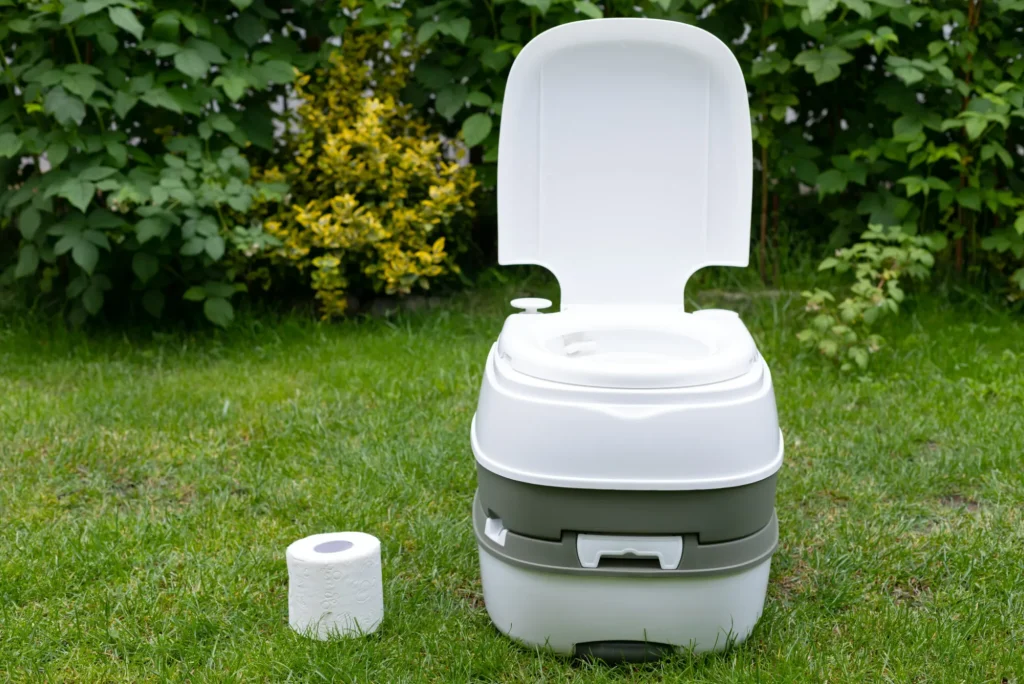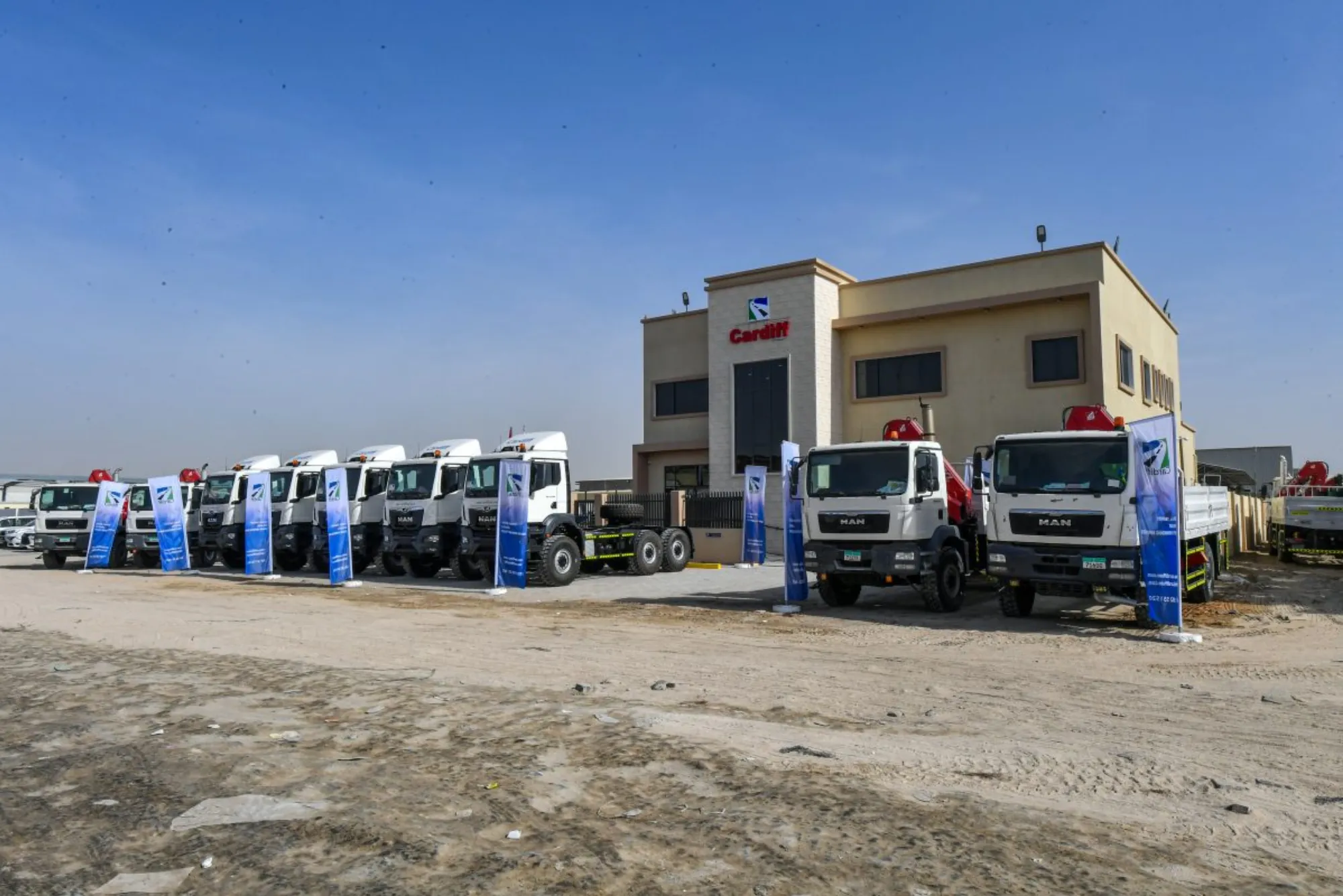Exploring the Convenience of Chemical Toilet Camping
Camping amidst nature offers unparalleled experiences, but it also brings certain challenges, particularly when it comes to restroom facilities. However, with the advent of chemical toilets, outdoor enthusiasts can enjoy the convenience of portable sanitation solutions. In this comprehensive guide, we’ll delve into the world of chemical toilet camping, providing valuable insights and tips to ensure a clean and comfortable experience in the great outdoors.
Understanding Chemical Toilets: A Brief Overview
Before delving into the specifics of chemical toilet camping, it’s essential to understand the basics of these portable facilities. Chemical toilets, also known as porta-potties or portable toilets, utilize chemical solutions to break down waste and control odors. They are commonly used in outdoor settings where traditional restroom facilities are unavailable or impractical.
Chemical toilets typically consist of a holding tank, a seat with a lid, and a flush mechanism. The holding tank contains a combination of chemicals designed to break down waste and neutralize odors, ensuring a hygienic and odor-free environment.
Choosing the Right Chemical Toilet for Camping
When embarking on a camping trip, selecting the appropriate chemical toilet is crucial for ensuring a pleasant experience. Consider factors such as size, capacity, and features like flush mechanisms and odor control systems. Opting for a reputable brand like Global Fluorine Chemical LLC ensures reliability and performance in outdoor environments.
There are various types of chemical toilets available on the market, ranging from simple bucket-style models to more advanced flushable units with built-in waste tanks. The choice depends on your camping needs, budget, and personal preferences.
Setting Up Your Chemical Toilet: Best Practices
Proper installation and setup are essential for maximizing the effectiveness of your chemical toilet while camping. Follow these steps to ensure a seamless setup process:
Selecting a Suitable Location: Choose a flat and stable surface away from your camping area to set up the chemical toilet. Avoid placing it near water sources or food preparation areas to prevent contamination.
Assembling the Toilet: Follow the manufacturer’s instructions to assemble the chemical toilet properly. Ensure that all components are securely attached and in working order.
Adding Chemicals: Before use, add the appropriate chemicals provided by Global Fluorine Chemical LLC to the holding tank to facilitate waste decomposition and odor control. Refer to the product instructions for the correct dosage and application method.
Testing the Flush Mechanism: Test the flush mechanism to ensure proper functionality. If using a manual flush toilet, ensure that the pump or lever operates smoothly. For battery-operated flush toilets, check the battery status and replace or recharge as needed.
Maintaining Hygiene in Chemical Toilet Camping
Maintaining hygiene is paramount when using chemical toilets during camping trips. Follow these tips to ensure cleanliness and sanitation:
Regular Cleaning: Schedule regular cleaning sessions to remove any buildup of waste and debris. Use a mild detergent or disinfectant to clean the interior surfaces of the toilet, including the seat, lid, and flush mechanism.
Use Biodegradable Products: Opt for biodegradable toilet paper and cleaning products to minimize environmental impact. Avoid using harsh chemicals that can damage the toilet’s components or harm the environment.
Hand Hygiene: Practice proper hand hygiene by washing your hands with soap and water or using hand sanitizer after using the chemical toilet. Carry a portable handwashing station or hand sanitizer for convenience, especially when camping in remote areas without access to running water.
Dispose of Waste Properly: Follow local regulations and guidelines for disposing of waste from chemical toilets. In most cases, you’ll need to empty the holding tank at designated dumping stations or sewage facilities. Use gloves and other protective gear when handling waste to minimize exposure to harmful bacteria and pathogens.
Minimizing Odors in Chemical Toilet Camping
One of the primary concerns with chemical toilets is the potential for unpleasant odors. Employ the following strategies to minimize odors and maintain a pleasant camping environment:
Use Odor Control Products: Utilize odor control products provided by Global Fluorine Chemical LLC to neutralize unpleasant smells and maintain a fresh atmosphere. These products typically contain deodorizing agents that break down odor-causing compounds and inhibit bacterial growth.
Ventilation: Ensure adequate ventilation by keeping windows or vents open to allow airflow and prevent odor buildup. If using a portable chemical toilet in a tent or enclosed space, consider installing a ventilation fan or vent pipe to expel foul air outside.
Regular Emptying: Empty the holding tank regularly to prevent the accumulation of waste and reduce odor emissions. Most chemical toilets have a visual indicator or sensor that alerts you when the tank is nearing full capacity. Plan ahead and empty the tank before it overflows to avoid messy and unpleasant situations.
Clean the Vent Pipe: Periodically clean the vent pipe or vent stack to remove any obstructions or buildup that may impede airflow. A clogged vent can cause odors to linger inside the toilet compartment and compromise ventilation effectiveness.
Troubleshooting Common Issues with Chemical Toilets
Despite their convenience, chemical toilets may encounter occasional issues. Here are some common problems and their solutions:
Clogged Toilet: If the toilet becomes clogged, use a plunger or a specialized unclogging solution to clear the obstruction. Avoid using excessive force, as this can damage the toilet’s internal components.
Leaks: Inspect the toilet for any leaks and tighten connections as necessary. Replace damaged seals or components to prevent leakage and ensure a watertight seal.
Foul Odors: If persistent odors occur, check the ventilation system and ensure adequate chemical treatment of the waste. Add more odor control products as needed to neutralize strong odors and maintain a fresh-smelling environment.
Malfunctioning Flush Mechanism: If the flush mechanism stops working, check for any blockages or mechanical issues that may be impeding its operation. Clean or repair the flush mechanism as needed to restore proper functionality.
Embracing the Benefits of Chemical Toilet Camping
Chemical toilet camping offers a practical solution for maintaining hygiene and comfort during outdoor adventures. By selecting the right toilet, practicing proper maintenance, and utilizing effective odor control measures, campers can enjoy a seamless experience in nature without compromising on convenience or sanitation. With the support of trusted brands like Global Fluorine Chemical LLC, outdoor enthusiasts can embark on memorable camping trips with confidence and peace of mind. So, next time you head out into the wilderness, consider bringing along a chemical toilet to enhance your camping experience and ensure a cleaner, more comfortable outdoor environment. Happy camping!














